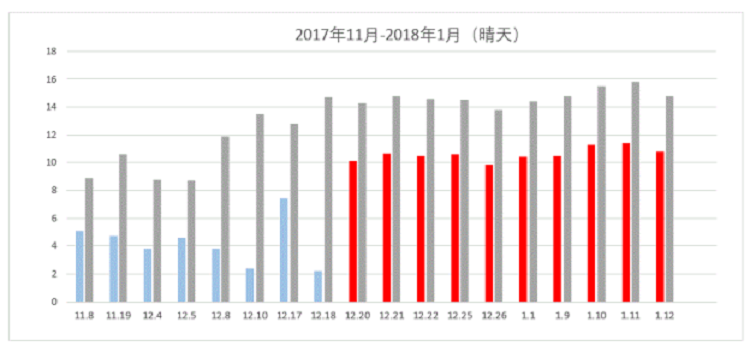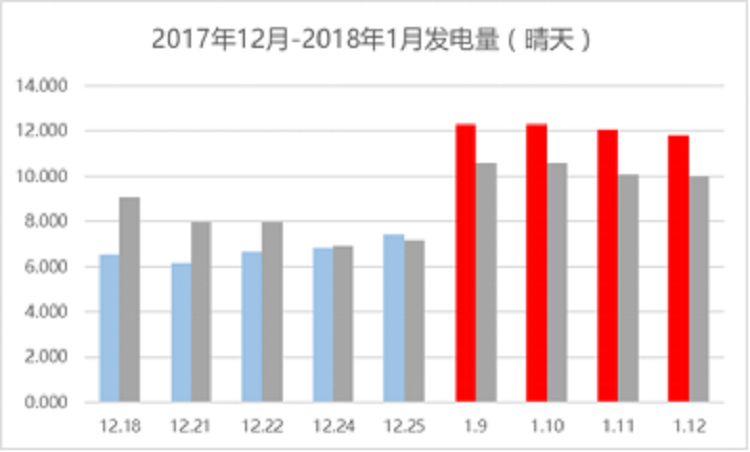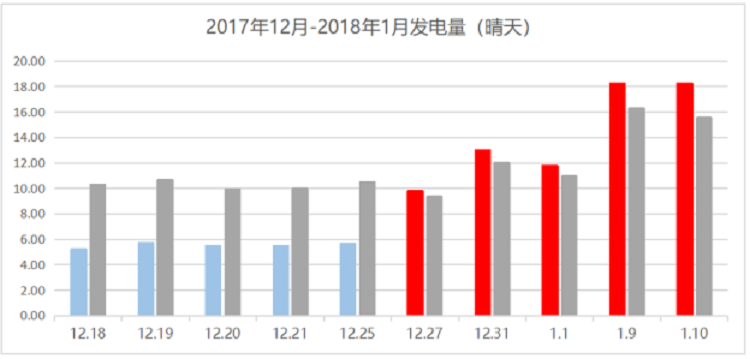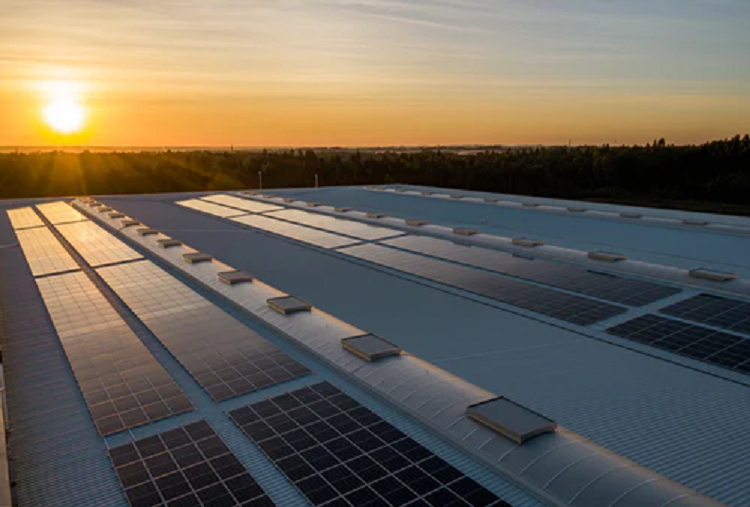2017 is known as the first year of the distributed PHOTOVOLTAIC of China, the annual increase of distributed PV installed capacity is nearly 20GW, it is estimated that household distributed PV has increased by more than 500,000 households, of which the zhejiang, Shandong two provinces of household PV installation are more than 100,000 households.
As is known to all, compared with large power station on the ground, the environment of roof distributed photovoltaic power station is more complex, in order to avoid the influence of obstructions such as the parapet, surrounding buildings, overhead cables, roof chimney, solar water heater, and to avoid the problem of different towards roof daylighting is inconsistent, available roof installation area will be reduced and the installed capacity will be limited.

If this part of shielding is not avoided, the power station will cause series and parallel mismatch due to shielding or inconsistent lighting, and the overall power generation efficiency of the power station will be reduced. According to relevant research reports, the local shadow shading of photovoltaic modules will lower the entire series power generation by more than 30%.
According to the PVsyst modeling analysis, due to the characteristics of photovoltaic series, if the power generation of a single photovoltaic module is reduced by 30%, the power generation of other components in the whole group will also fall to the same low level, which is the short board effect of the wooden barrel in the photovoltaic group series system.
In view of the above situation, it is recommended to install the PV power optimizer, which can independently control the pressure rise and fall of each PV module, solve the problems of series and parallel mismatch of photovoltaic groups caused by hidden cracks, hot spots, shadow occlusion, different cleanliness, inconsistent orientation and lighting, and can improve the overall energy generation of the system.
Three cases were used to evaluate the effectiveness of the photovoltaic power optimizer.
8KW rooftop power station, the generating capacity of optimized area increased by 130%, generated an extra 6 KWH of electricity every day.

The 8KW household power station is built on the third floor of the residential building. Some components are installed on the balcony canopy and some components are installed on the tile surface.
The battery module is shaded by the water heater and the adjacent water tower, which is simulated by PVsyst for 12 months of the year. As a result, it generates 63% less electricity than it should, just 8.3 KWH per day,
After the optimizer is installed for this series, by comparing the power generation in 10 sunny days before and after installation, the analysis is as follows:

The first day of operation of the optimizer was December 20, at the same time, the grey part of the power generation of the comparison group is added for analysis to exclude the influence of radiation, temperature and other disturbances. After the installation of the optimizer, the power generation increase ratio is 130%, and the average daily power increase is 6 KWH.
5.5KW rooftop power station, the power generation of the optimized cluster increased by 39.13%, generated an extra 6.47 KWH of electricity every day.

For the 5.5kW rooftop power station put into operation in 2017, both strings are affected by the shelter of surrounding trees, and the power generation is lower than the normal level.
According to the actual shielding situation on site, modeling and analysis are carried out in pvsyst. These two strings have a total of 20 photovoltaic modules, which will be shaded for 10 months of the year, seriously reducing the overall power generation of the system. To sum up, the photovoltaic power optimizer is installed on two series of 20 modules in the project site.
After 20 photovoltaic power optimizers are installed on the two strings,by comparing the power generation in 5 sunny days before and after installation, the analysis is as follows:

The first day of operation of the optimizer was December 30, at the same time, the grey part of the power generation of the comparison group is added for analysis to exclude the influence of radiation, temperature and other disturbances. After the installation of the optimizer, the power generation increase ratio is 39.13%, and the average daily power increase is 6.47 KWH.
2MW centralized power station, the power generation of four groups in the optimization area is increased by 105.93%, generated an extra 29.28 KWH of electricity every day.

For the 2MW centralized mountain power station put into operation in 2015, the on-site shadow shielding is relatively complex, which is mainly divided into three parts: power pole shielding, tree shielding and too small front and rear spacing of components. The front and rear row shielding of components will appear in winter because the sun height angle becomes low, but not in summer. Pole shading and tree shading occur throughout the year.
The model of the whole system is established in pvsyst according to the model parameters of components and inverters in the system, project location and the specific situation of being shaded. In sunny days, the linear loss of light radiation is 8.9%. The theoretical value cannot be obtained due to the loss of mismatched power generation caused by inconsistency.
According to the site conditions, four strings are selected, 22 photovoltaic power optimizers are installed in each string, and a total of 88 optimizers are installed. By comparing the power generation before and after installation and the power generation of adjacent non installed optimizer strings, the analysis is as follows:

In sunny days, the disturbance of weather irradiation should be reduced, and the grey part of power generation of comparison group series should be added for analysis to eliminate the influence of radiation amount, temperature and other interference amount. After the optimizer is installed, the power generation of the power station is 105.93% higher than that in the period when it is not installed, the average power generation per string per day is increased by 7.32 KWH, and the power generation of four strings is increased by 29.28 KWH per day.
Due to the reduction of large flat power stations and the complexity of resources and environment such as mountains, it is recommended that the masses use the roof area for the installation of photovoltaic system. We will provide a complete system installation scheme and subsequent solar panel cleaning scheme. We will always be committed to providing users with safe, stable and reliable photovoltaic energy.

Post time: May-07-2022

